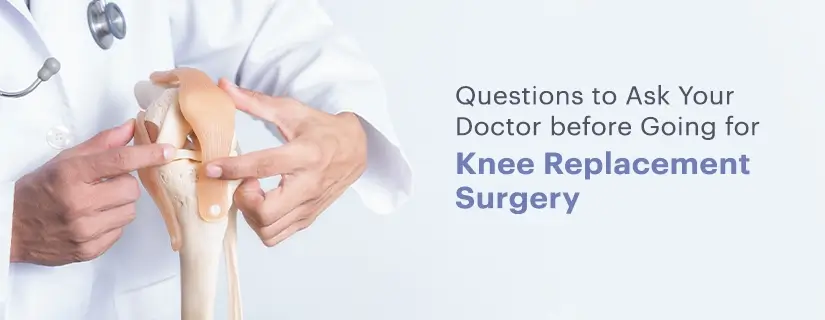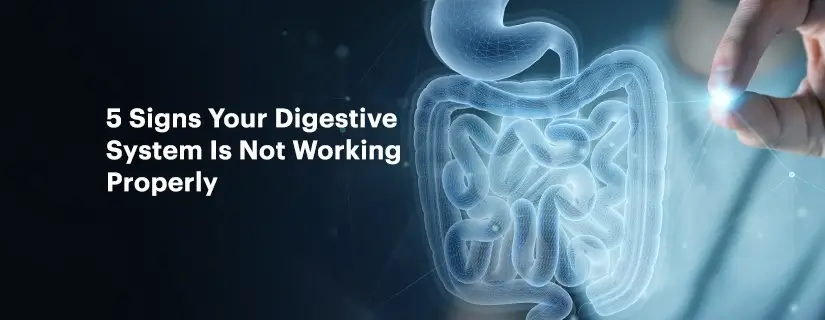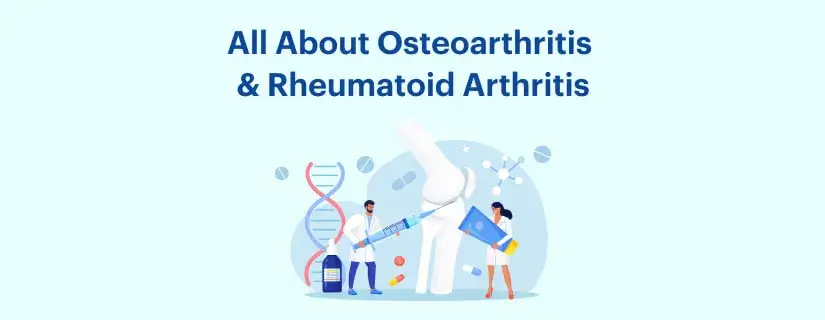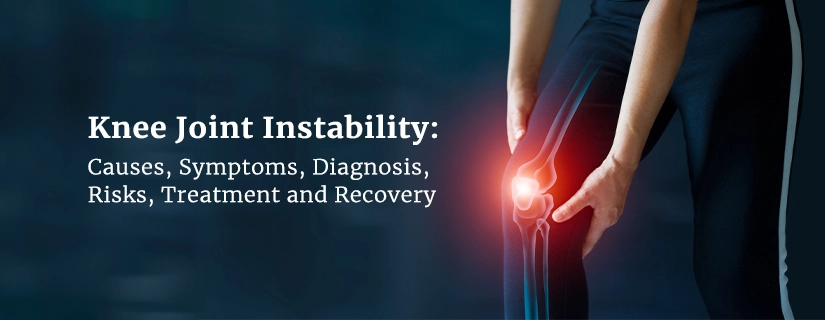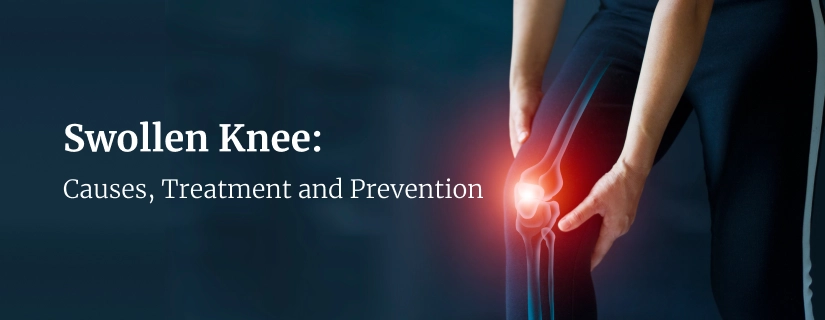-
Doctors
-
Specialities & Treatments
Centre of Excellence
Specialties
Treatments and Procedures
Hospitals & Directions HyderabadCARE Hospitals, Banjara Hills CARE Outpatient Centre, Banjara Hills CARE Hospitals, HITEC City CARE Hospitals, Nampally Gurunanak CARE Hospitals, Musheerabad CARE Hospitals Outpatient Centre, HITEC City CARE Hospitals, Malakpet
HyderabadCARE Hospitals, Banjara Hills CARE Outpatient Centre, Banjara Hills CARE Hospitals, HITEC City CARE Hospitals, Nampally Gurunanak CARE Hospitals, Musheerabad CARE Hospitals Outpatient Centre, HITEC City CARE Hospitals, Malakpet Raipur
Raipur
 Bhubaneswar
Bhubaneswar Visakhapatnam
Visakhapatnam
 Nagpur
Nagpur
 Indore
Indore
 Chh. Sambhajinagar
Chh. SambhajinagarClinics & Medical Centers
Book an AppointmentContact Us
Online Lab Reports
Book an Appointment
Consult Super-Specialist Doctors at CARE Hospitals
Difference Between Tendons and Ligaments
Updated on 21 September 2023

Both ligaments and tendons consist of fibrous connective tissue - and that is their only similarity. However, there are numerous tendon and ligament differences. Ligaments are criss-cross band-like structures that help attach bones to each other, thus stabilising joints.
On the other hand, tendons are located at each end of the muscle and can be found throughout the body. For example, the Achilles tendon - the largest tendon in the body - attaches the calf muscle to the heel bone. Additionally, there is a tendon in the shoulder called the rotator cuff tendon that helps the shoulder rotate properly. In this blog, let’s discuss some tendon ligament differences.
What are Tendons?
The tendon tissue is made of collagen, which is the body's most abundant protein. These collagen fibres are resilient, robust, and flexible. Tendons also consist of nerves and blood vessels. They are bundled together to form a tendon's structure, which looks like a fibre optic cable or rope, strengthening and reinforcing the tendon.
Tendons help attach the muscle to the bone and allow you to move your limbs freely. They also act as shock absorbers, preventing injuries caused to the muscle when jumping, running, or engaging in other rigorous workouts or activities. Tendons can be found throughout the body. They are not stretchy and are highly resistant to tearing. If there is a tear in tendons, it usually does not heal quickly.
Depending on which muscles they are connected to, the diameters and shapes of tendons vary. Muscles that produce a lot of force typically have wider and shorter tendons, while muscles with more delicate motions are usually attached to thinner and longer tendons
What are Ligaments?
Ligaments are tissue bands that assist in linking and holding bones and joints in place. Ligaments perform several crucial functions that promote appropriate movement. They allow the joint to move in a particular direction. In addition, ligaments help in the following:
- Binding bones together.
- Stabilising the bones and muscles.
- Bolstering joints.
- Preventing joint twisting.
- Preventing the dislocation of bones.
Ligaments look like cords and are made up of elastic fibres, connective tissue, and collagen. Furthermore, ligaments connect two or more organs. For instance, the stomach, liver, and intestine are all held in place by ligaments in the abdominal cavity. These ligaments usually have delicate tissues, such as blood vessels or gland ducts, passing through them. These structures are shielded by ligaments, which offer sturdy connective tissue that keeps them from bending, twisting, or ripping. The difference between a torn ligament and tendon can be classified with the sprain.
Difference Between Tendons and Ligaments
Let’s understand the difference between tendons and ligaments in a detailed manner -
|
Particulars |
Tendon |
Ligament |
|
How Do They Work? |
Tendon supports muscles and joints. It attaches the muscle to the bones, which helps transmit the energy to move properly. |
Ligaments connect bone to bone. They hold and stabilise joints while moving or at rest. |
|
Common Injuries |
Any condition that affects tendons is known as tendinopathy. It causes pain and dysfunction. There are two types of tendinopathy - tendonitis, which is a short-term condition that causes pain and inflammation in the tendon. On the other hand, tendinosis refers to the abnormal tendon tissue resulting from tendon degeneration and a slow healing process.
|
Ligaments can become sprained when subjected to stress or damaged due to overstretching. The sprain causes pain as the collagen fibres of the ligament are damaged, ultimately reducing its ability to stabilise a joint. |
|
Symptoms of Injuries |
|
|
|
Prevention/Treatment |
|
|
Conclusion
As we have discussed, there are many differences between tendons and ligaments. Tendons and ligaments are connective tissues composed of collagen fibres. Ligaments join bones to other bones, and tendons connect muscles to bones. Both tendons and ligaments are susceptible to damage from trauma caused by vigorous exercise or extreme activities. Thus, proper rest is needed to facilitate healing, and gaining muscular strength is necessary to resume full-range activity.
After an injury, ligaments grow weaker and need more support from the muscles around them, whereas tendons need to be tended properly over time to become stronger. In the case of severe damage to the ligaments and tendons, surgery might be required. Visit CARE Hospitals for comprehensive treatment for ligament or tendon injuries. Our doctors are highly qualified and well-trained, with extensive knowledge in treating such conditions.
ENQUIRY FORM
SELECT CATEGORIES
-
Neurosciences (16)
-
Neurology (37)
-
Neurosurgery (14)
-
Orthopaedics (48)
-
Oncology (33)
-
Obstetrics and gynecology (52)
-
Pulmonology (23)
-
Urology (20)
-
Nephrology (13)
-
Psychiatry (7)
-
Dietetics and Nutrition (111)
-
General Medicine (63)
-
Cardiac Sciences (32)
-
Vascular & Endovascular Surgery and Interventional Radiology (15)
-
Gastroenterology (46)
-
Endocrinology (23)
-
Plastic Surgery (10)
-
Critical Care Medicine (5)
-
COVID-19 (16)
-
Dermatology (16)
-
Emergency Care (1)
-
Ophthalmology (4)
-
Pediatrics (14)
-
Laparoscopic and Bariatric Surgery (8)
-
ENT (15)
-
Kidney Transplant (1)
-
Liver Transplantation and Hepatobiliary Surgery (5)
-
General Surgery (3)
-
Internal Medicine (5)
-
Medicine Information
Bone Marrow Transplant: All You Need to Know
Avascular Necrosis of Hip: Causes, Symptoms, Diagnosis, Treatment and More
YOU MAY ALSO LIKE
RECENT BLOGS
-

Preterm Birth (Premature Birth): Symptoms, Causes, Treatment and Prevention
13 May 2025
Read More
-

Rotablation Angioplasty: Benefits, Treatments, And Recovery Time
9 May 2025
Read More
-
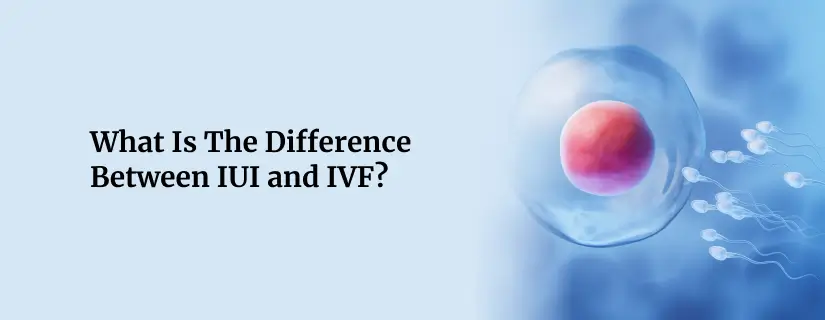
What Is The Difference Between IUI and IVF?
9 May 2025
Read More
-

Venous Malformations: Causes, Symptoms, and Treatment
30 April 2025
Read More
-

Varicose Vein Foam Sclerotherapy: Treatment, Benefits, and Procedure
30 April 2025
Read More
-

Radiofrequency (RF) Ablation Treatment for Varicose Veins: Know More
30 April 2025
Read More
-

Varicose Vein Sclerotherapy: Treatment, Benefits, and Procedure
30 April 2025
Read More
-

Varicose Vein Endovenous Laser Ablation: Procedure, Benefits, Risks
30 April 2025
Read More
Have a Question?
If you cannot find answers to your queries, please fill out the enquiry form or call the number below. We will contact you shortly.






